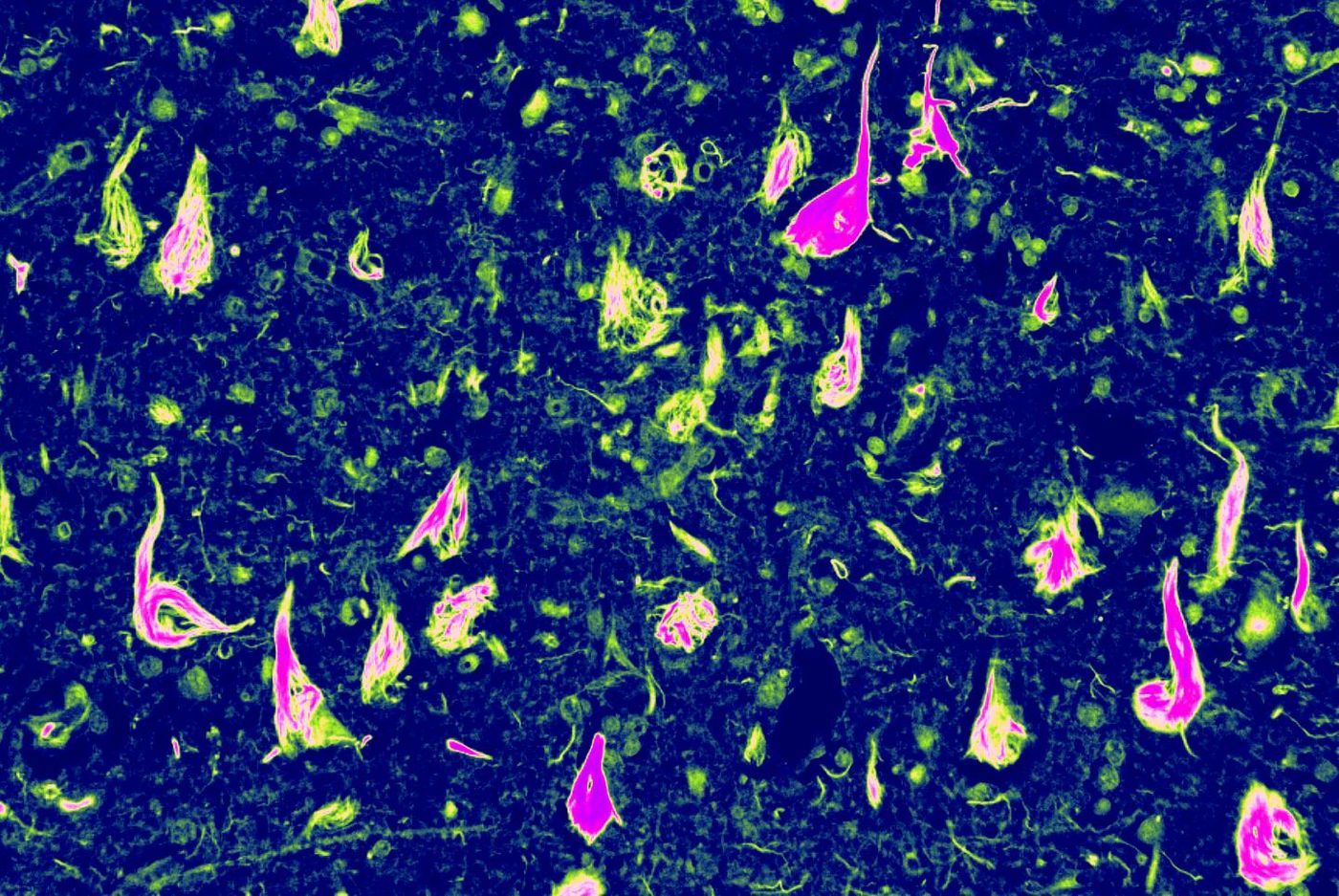A Rare Form of Dementia is Discovered
There are different types of dementia, a term for a loss of cognitive function, including Alzheimer's disease and Lewy body dementia. Sometimes more than one type can happen at the same time, while in other cases, dementia is a side effect of another condition, like a head injury, excess drinking, or blood clots, for example. It may also be caused by certain medications.
Scientists have now identified a new form of dementia that has a genetic cause. The findings have provided insight into a biochemical pathway that can cause proteins to accumulate in the brain - a feature of this and other neurodegenerative disorders. The work, which has been reported in Science, may aid in the development of therapies for dementia.
In this study, the researchers were able to assess brain tissue samples that were collected from a deceased individual that had experienced an unknown neurodegenerative disease. The scientists found holes called vacuoles in neurons, and tau proteins accumulating in areas where there was neurodegeneration. Accumulations of tau are a known hallmark of Alzheimer's disease. But in this study, the scientists found a novel mutation in a gene encoding for the brain's valosin-containing protein (VCP). They called this novel disorder vacuolar tauopathy (VT), which is characterized by a buildup of tau protein and neuronal vacuoles.
"Within a cell, you have proteins coming together, and you need a process to also be able to pull them apart because otherwise everything kind of gets gummed up and doesn't work. VCP is often involved in those cases where it finds proteins in an aggregate and pulls them apart," said Edward Lee, M.D., Ph.D., an assistant professor of Pathology and Laboratory Medicine in the Perelman School of Medicine at the University of Pennsylvania. "We think that the mutation impairs the proteins' normal ability to break aggregates apart."
The clumps of tau that were identified were very similar to what's seen in Alzheimer's disease, noted the researchers. Using a cell culture and an animal model, the scientists confirmed that the buildup of tau is directly related to the VCP mutation, which reduced the activity of VCP. Now they want to know more about how the mutation in VCP is leading to the development of disease; there may be a similar mechanism involving this protein in other neurodegenerative disorders.
"What we found in this study is a pattern we've never seen before, together with a mutation that's never been described before," Lee said. "Given that this mutation inhibits VCP activity, that suggests the converse might be true -- that if you're able to boost VCP activity, that could help break up the protein aggregates. And if that's true, we may be able to break up tau aggregates not only for this extremely rare disease, but for Alzheimer's disease and other diseases associated with tau protein aggregation."
Sources: AAAS/Eurekalert! via University of Pennsylvania, Science









